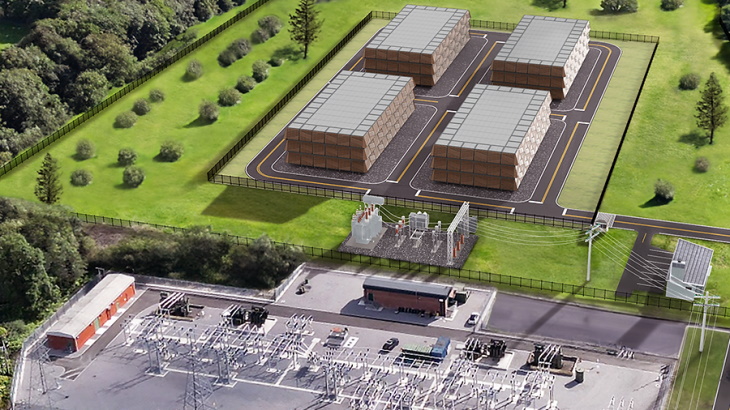As the global push toward decarbonization accelerates, Small Modular Reactors (SMRs) have become a pivotal technology for the future of clean energy. In a significant development, U.S. startup Last Energy has cleared the Preliminary Design Review (PDR) for its PWR-20 microreactor project in Llynfi Valley, South Wales, and has officially entered the UK Nuclear Site Licensing (NSL) process. This marks a key regulatory breakthrough—and opens a new chapter for SMRs in Britain.

(Image: Last Energy)
According to the UK’s Office for Nuclear Regulation (ONR), along with the Environment Agency and Natural Resources Wales, the PDR for the PWR-20 design has been successfully completed. The review assessed:
Organizational readiness
Environmental and decommissioning planning
Maturity of safety analysis methods
This is the first SMR project in the UK to complete PDR and advance to the NSL process.
The outcome affirms that Last Energy’s organizational and technical processes are sufficiently robust to enter the full site licensing stage.
The project—named “Prosiect Egni Glan Llynfi”—is located on the site of the decommissioned Llynfi coal-fired power plant, which operated from 1951 to 1977. Last Energy plans to install four PWR-20 units, delivering a total of 80 MWe, with a design emphasizing modular construction, factory fabrication, and passive safety.
Key project enablers to date:
$103.7 million financing letter of interest from the U.S. EXIM Bank (Oct 2024)
Grid connection approved by National Grid (22 MW export, 3 MW import)
Goal: First unit online by late 2027
Each reactor is expected to be deployed within 24 months, thanks to standardized factory-built modules.
Unlike state-backed mega-projects like Hinkley Point C or Sizewell C, Last Energy’s approach is fully private-sector funded and managed. Its "decentralized and scalable" model is tailored for industrial clients such as manufacturing hubs and data centers.
The project also serves as a test case for streamlined regulatory engagement, with ONR stating that—if documentation remains compliant—a site license decision could arrive as early as December 2027.
A template for how the UK could license and deploy smaller, quicker, and cleaner nuclear projects.
The project arrives at a time when the UK is seeking greater energy sovereignty and domestic clean power resilience. Large nuclear builds have faced delays and cost overruns, leaving space for modular alternatives like Last Energy’s model.
However, challenges remain:
Site license and planning permissions are not yet guaranteed
Cost control and delivery performance will be critical to long-term viability
With its regulatory momentum, innovative delivery model, and private financing, the South Wales microreactor project is now a leading indicator of what’s possible for SMRs in the UK and across Europe. Driven by decarbonization and energy security, SMRs are no longer theoretical. And Last Energy may be the first to turn this future into a working reality.